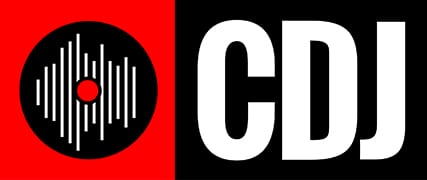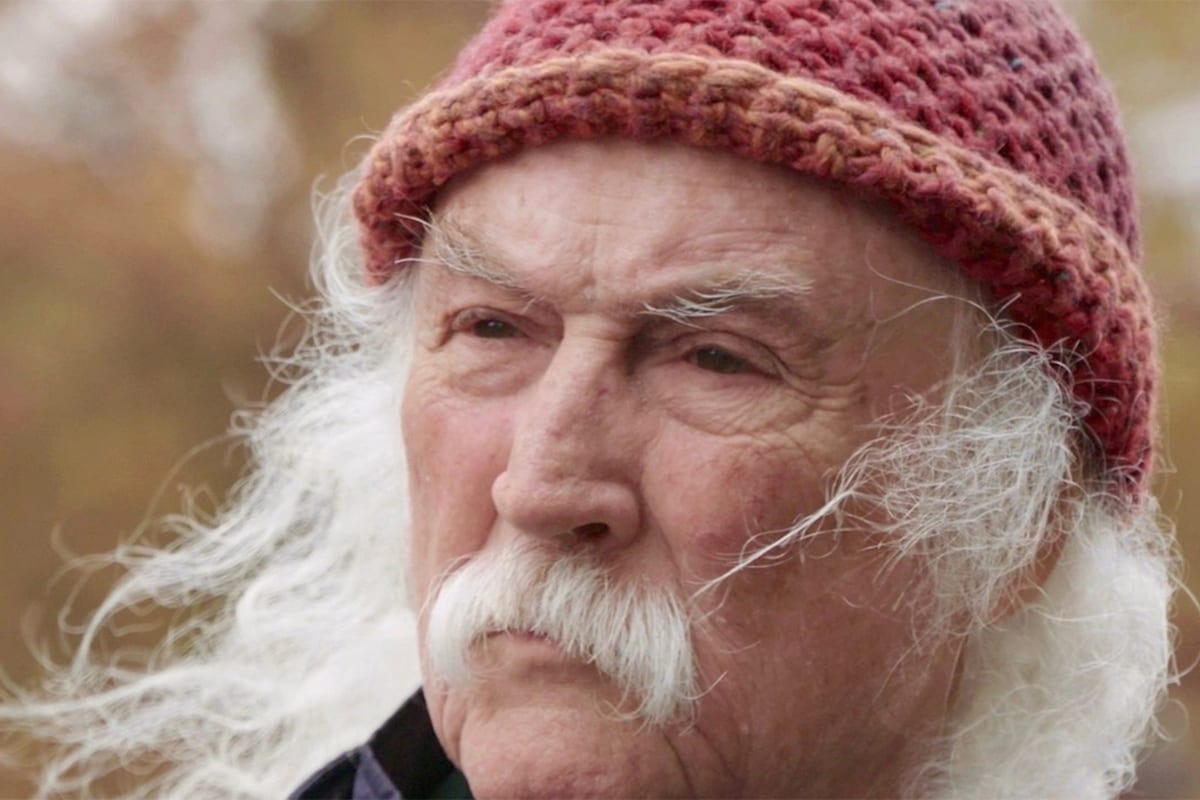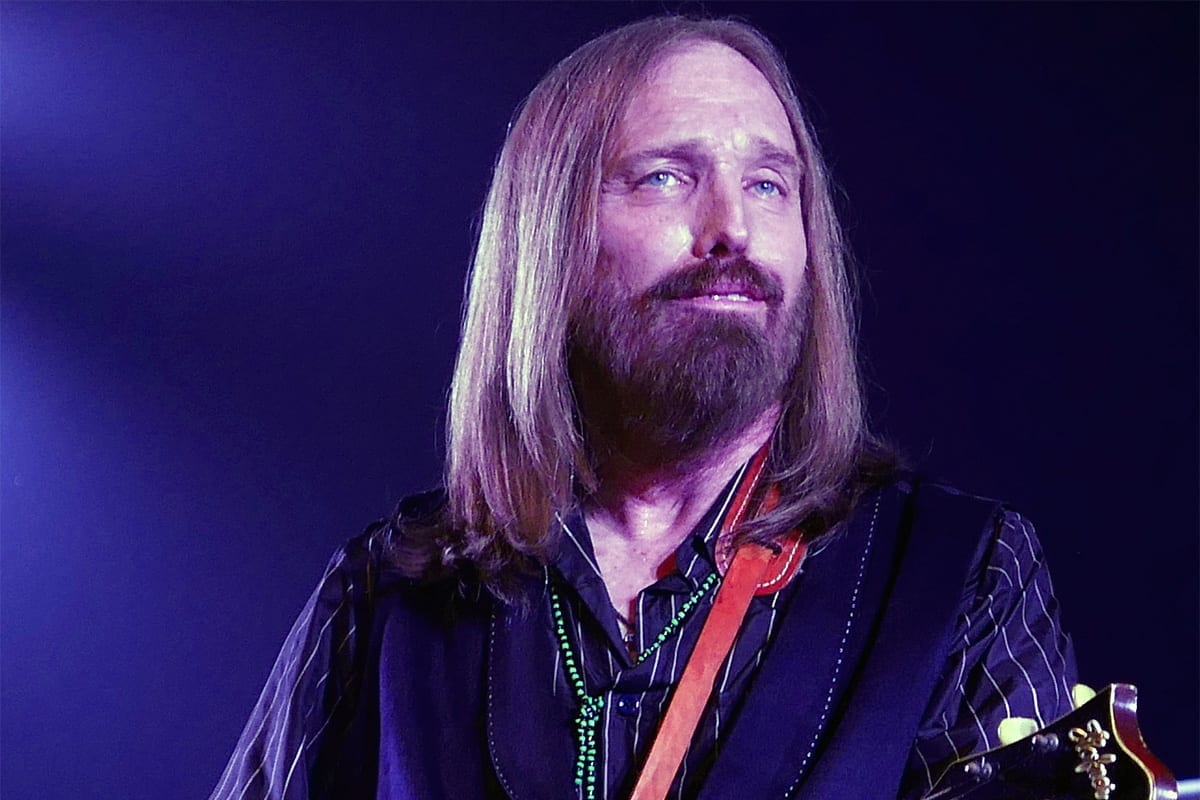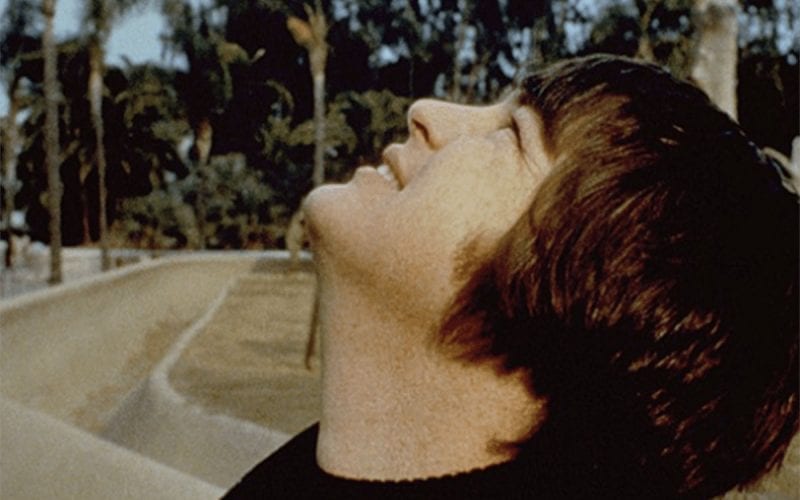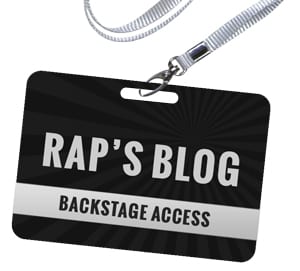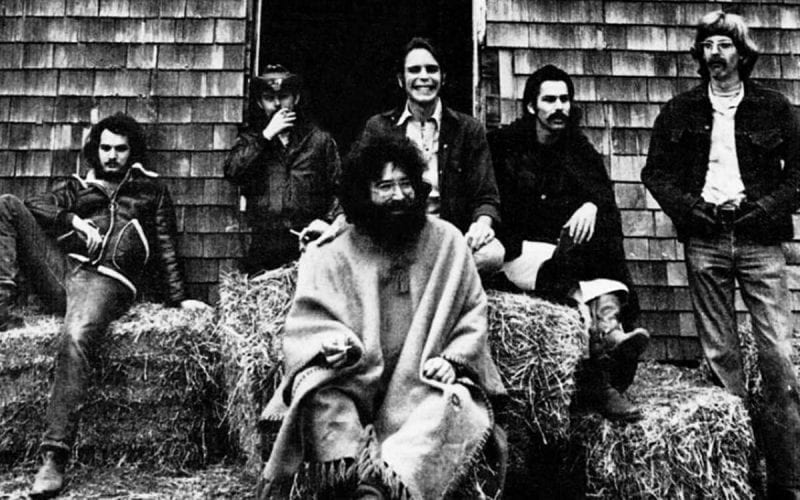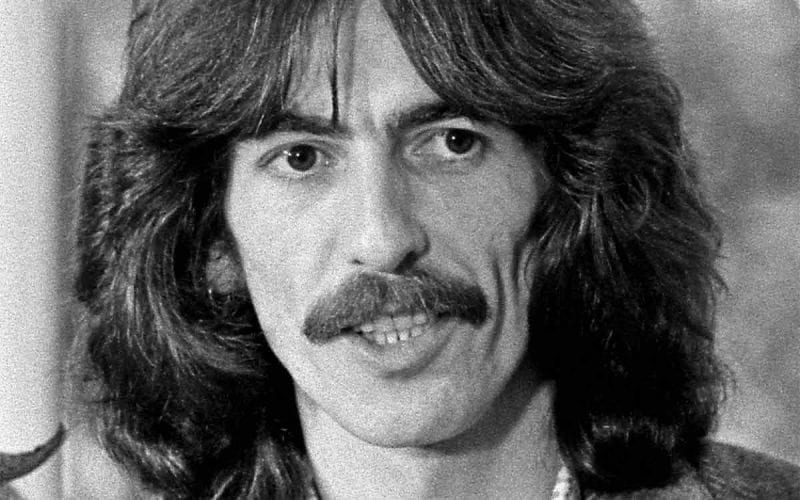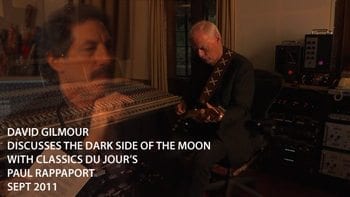
This extraordinary film is a must see. The trailer (you can watch it below) will immediately get you hooked.
Laurel canyon, for those that don’t know, is a central thoroughfare that runs from the Sunset Strip up through the Hollywood Hills to Mulholland Drive and then down again, pouring out into the San Fernando Valley. It has houses lining one side of the main street but there are many side roads that branch off the main canyon and are not through streets, reinforcing the self-contained nature of the neighborhood.
The houses in the canyon are all unique, each with it’s own personality. The beauty of the place is that although you are right in the middle of Los Angeles, as famous producer Lou Adler says in the film, “…you feel like you are in the country.”
In the early years of the movie industry many actors, others that held creative jobs, artists, and people who were just looking for a bohemian life style, lived there — including the legendary film star Tom Mix and world famous magician, Houdini. It was sort of the early Bel Air of its time.
In college, my then girlfriend and I traveled up the canyon, parked the car, and snuck into Houdini’s Castle — the name given to his sprawling mansion on the side of the main canyon road. After briefly walking around the grounds we were unceremoniously chased out by three big dogs, and we had to jump for our lives over a huge wall. It was like the scene in Butch Cassidy and the Sundance Kid — we looked down, looked at each other, and then looked back at the dogs that were right on our heals—we only had one choice,…“JUMP!!” The fall seemed so long that I remember when we both finally hit the ground thinking how lucky we were that we didn’t break any bones.
Laurel Canyon is full of mysterious places like Houdini’s Castle and also very exotic and beautiful. When my wife Sharon and I were first married, we lived at the base of the canyon on the Hollywood side. A typical Sunday morning would find us taking a drive through all the neighborhoods just getting lost looking at all the trippy houses and foliage while we listened to Joni Mitchell tapes. Eventually, we’d wind up somewhere to get breakfast. For dinner sometimes we’d eat outside amongst all the big trees which surround the small local Italian Restaurant there, now named Pace, located next to the famous Canyon Country Store, about one fourth the way up the canyon.
Legendary Los Angeles FM disc jockey Jim Ladd lived right up the street from there and his house was perched on a hill in such a way that you had to take a small tram up the hill to get to his house. I remember taking the guys from Pink Floyd on the tram up to Ladd’s house for an interview —they’d never been anywhere quite like Laurel Canyon.
It’s no wonder as the 1960’s counter culture music was exploding that many of the musicians making that music gravitated to that area to live. The fact that most all the record companies and clubs were in Hollywood made it a perfect place to reside and work. You could write and create your music surrounded by the beauty of nature in quiet peaceful surroundings, and then go down to the Sunset Strip and try your wares out at the local clubs there. Record company execs frequented those clubs and many songwriters and musicians came from other parts of the country, not only in search of a recording contracts, but also just to be part of that magical scene with all the cross-pollination and collaboration that was happening between all the musicians.
In fact, my biggest take away from the film is the discovery about all the actual cross-pollination that took place between so many of the artists that were living there together and sharing so many musical ideas with one another. I had always thought how amazing it was that each artist or band had their own unique sound and personality during that time. Indeed, they did, but it’s fascinating how connected they were and how much they were paying attention to each other’s music.
One of the early residents of the canyon were The Byrds. As I’ve written in these pages before, The Byrds are one of my all time favorite bands. I knew they were a heavy influence in the world of folk rock, but I didn’t know just how big an influence they were to so many other bands, even The Beatles.
McGuinn saw The Beatles and realized they were using folk chords to make pop records (The Beatles came out of the Skiffle band genre, which incorporates American blues, jazz, and folk). Roger came from the folk world himself, originally a part of the popular folk group The New Christy Minstrels. He began to push the boundaries further and started writing rock songs with electric guitars using folk poetry as lyrics. In the film he says he tried playing these types of songs in clubs in New York but it didn’t go over that well. He moved to LA where the record scene was happening but apparently this idea didn’t play well there either at first. But he formed The Byrds with old friend Gene Clark, David Crosby, Chris Hillman, and Michael Clarke, and this combo really clicked. They chose to live in Laurel Canyon, along with The Beach Boys, The Mamas & The Papas, The Buffalo Springfield, and more.
Turns out The Beatles loved the Byrds and hung out with them when the Byrds toured England. In fact, George Harrison wrote the song “If I Needed Someone” based on the riff from the Byrd’s version of “Bells Of Rhymney.”
Both The Beatles and The Byrds were also heavily influenced by The Beach Boys — their music, chord changes, and harmonies. Brian Wilson wrote Pet Sounds after hearing Rubber Soul. The Beatles heard Pet Sounds, and then upped the game by creating Sgt. Peppers Lonely Hearts Club Band. Eric Clapton says that even Cream were influenced by The Beach Boys. He says Cream hoped they could make records as good as them.
These influences, cross-pollination, and competition to create better and better records were nowhere more prevalent than in Laurel Canyon during the mid 60’s where so many artists of the day lived near each other and came together to create what is known as “The California Sound.” That synergy kept reverberating from one artist to another, hence the name of the film.
The organic beauty of everyone living so close to each other found artists constantly visiting each other’s houses bringing guitars over, sharing songs and ideas. All of this energy and synergy created some of the best music ever made. Most importantly a lot of this music for the first time had real messages — gone were the songs with “moon in June” lyrics. Now we were hearing songs like “For What It’s Worth” on the radio. These songs were not only reflecting the culture of the time, they were also helping to create the culture.
Imagine all of these very talented music people living and working together. Steven Stills tells how he was at The Whiskey a Go Go in Hollywood flirting with Judy Collins while seeing Cream perform for the firs time — very heady stuff.
You also get a glimpse of the early record business and the artists’ desire to create as free as they can. Buffalo Springfield were in the studio recording Neil Young’s “Nowadays Clancy Can’t Even Sing.” The engineer called out to them, “This song is too long, play it faster!” Stephen Stills looked at Neil and said, “We gotta get out of here and figure out how to do this ourselves!”
These stories and insights are just the tip of the iceberg of what you will see and hear in this remarkable movie. It was an idea put together by Jakob Dylan and Andy Slater (the very hip President of Capitol Records). In the movie Dylan covers a lot of your favorite songs from that era with some very talented musicians including Fiona Apple, Regina Spector, and Cat Power on vocals and Beck on guitar and vocals. They give the songs new meaning and it is all quite refreshing. It’s also cool to see a younger generation discussing these songs and even the artists’ album covers.
Tom Petty is also featured in many of the interviews, which is quite fitting, as he was one of the next generation of artists influenced by these early 60’s singer/songwriters.
In fact later in the day as my wife and I were discussing the movie I pulled out my Les Paul and played her the Byrd’s riff from “I’ll Feel A Whole Lot Better,” then showed her how Petty changed it up just a little bit to create the song “Listen To Her Heart.”
The Byrds – “I’ll Feel A Whole Lot Better”
Tom Petty – “Listen To Her Heart”
Towards the end of the movie Jakob and crew play and discuss the Buffalo Springfield song “Expecting To Fly.” Sharon turned and looked at me and said, “Yeah,…and from there you get to Pink Floyd. Listen… you do!
Buffalo Springfield – “Expecting To Fly”
It’s the fantastic way that music spreads from artist to artist, from generation to generation. Nowhere was there more synergy in one place for this to happen than during those magical years in Laurel Canyon.
Go see this movie — you’ll LOVE it. 😉
Rap~
© Paul Rappaport 2019
